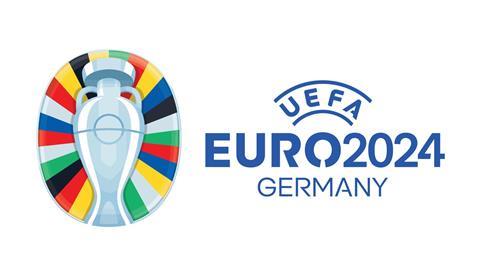Footballco study says supporters would be happy with following the tournament through non-live content

38% of football fans say their enjoyment of Euro 2024 wouldn’t be affected by being unable to watch it live, according to a report from Footballco.
Footballco, which specialises in non-live content across all mediums, polled more than 3,000 fans across the UK, France, Spain, Italy, Germany, the Netherlands, and Turkey ahead of the Euro 2024 group stage draw last week.
Despite the amount of fans who could still enjoy the tournament without live coverage, live was still popular across all age groups. 51% of Gen Z fans said watching live games is one of the most entertaining or enjoyable ways to engage, while 61% of fans aged 45+ said the same.
As may be expected, Gen Z were more open to online content, qith 40% saying they’d favour engaging with the tournament through online content, such as web, social media and apps and just 21% of those aged 45+.
Highlights were similarly followed across all age groups, with 35% of 45+ fans and 31% of Gen-Z wanting to watch them for Euro 2024, and it was the same for podcasts - with 7% in both groups planning to listen to them around the tournament.
Andrew Baker, head of strategy at Footballco, said: “We’ve witnessed the decline in the importance of watching a live 90-minute match with young fans for some time now, but seeing how little importance some place on this when it’s a tournament as big as Euro 2024 is surprising.
“It’s not that fans don’t care about Euro 2024, even this far out. Across the rest of the study, we see great enthusiasm for it and optimism. In the quantitative work, we see many fans cite Euro 2024 as a positive event in a world where such positivity is often lacking.
“Football has never been a more effective marketing platform, but this research backs up previous studies of ours that highlight how fandom is more diverse now than ever and so is how fans choose to engage with the sport. Long gone are the days when running campaigns through TV ad breaks and pitch-side branding were a guarantee to reach all fans. Instead, brands need to engage different fan communities via multiple touchpoints across digital, social and beyond.”





No comments yet